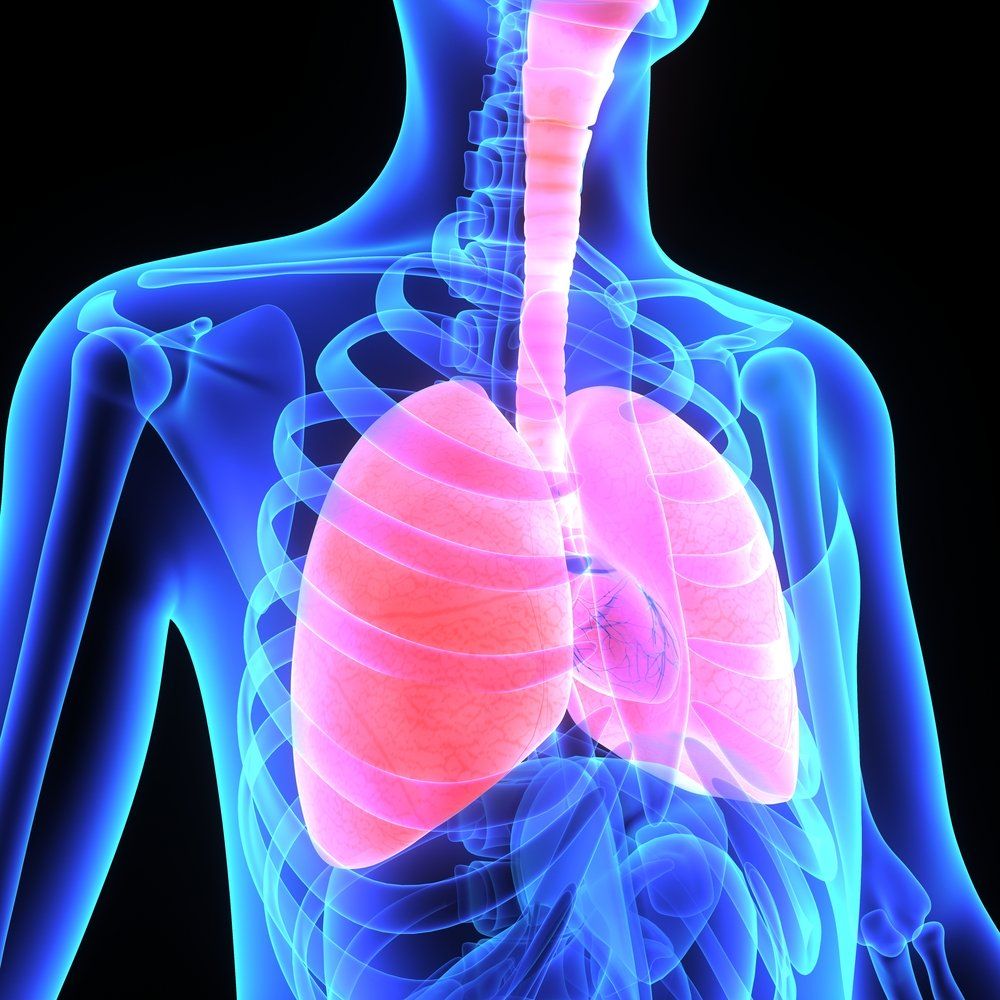Study Highlights New Findings on Dry Powder Inhaler Use Among COPD Patients
These data, given sustainability targets in healthcare, may be considered by clinicians and by patients discussing DPIs.

New findings suggest dry powder inhaler (DPI) use is not predicted by impaired expiratory lung function or characteristics of patients with chronic obstructive pulmonary disease (COPD) as well as that the peak inspiratory flow rate (PIF) is generated sufficiently by 99% of patients using a the DPI ‘Easyhaler.’1
These findings regarding PIF via the DPI Easyhaler (PIFEH) were the results of a study conducted to both assess potential predictive factors of PIFEH and to evaluate the number of participants reporting an inhalation flow rate of 30 l/min, the necessary level needed for successful Easyhaler use.
The new research was led by Annette Kainu, from Metropolia Proof Health, Metropolia University for Applied Sciences, Helsinki, Finland. Kainu and colleagues acknowledged the increasing pressure of the international community for the medical community to implement environmentally friendly DPIs rather than pressurized metered-dose inhalers.2
“The aims of this study were to find clinical predictors for peak inspiratory flow rate (PIF) and to assess whether patients with COPD had difficulties in generating sufficient PIF with a high resistance DPI,” Kainu and colleagues wrote.
Background and Findings
The investigators’ criteria for inclusion in this research involved a limit to participants with a documented diagnosis of COPD. The team amalgamated the data from 3 distinct studies, and these were 2 multicenter, randomized, crossover, open-label trials carried out in Estonia and in Finland.
Before beginning their participation in the research, the subjects provided their written informed consent. The research team received ethical approval for the protocols through regional ethical committees which covered each of their respective regions.
The investigators had 2 versions of the Easyhaler to evaluate: the Easyhaler considered to be standard and usually implemented with products containing a single active ingredient, and the center-slot Easyhaler. The center-slot inhaler is used with fixed-dose combination products.
Both of the device options differed in their aerosolization engine design and were distinct from each other as far as their internal air flow resistance. These facts made direct comparisons of findings viewed by the team to be inappropriate.
Given this situation, the investigators only looked into data regarding the standard variant of the Easyhaler. It was also noted by the team that the standard version exhibits higher resistance to air flow, adding that this can lead to possibly higher inspiratory flow rates for the same patient implementing the center-slot device.
Detailed summaries of PIFEH measurements can be seen elsewhere, though the research team noted that inspiratory flow parameters were assessed by using the SpiroMaster MX Spirometer. There were 3 inspiratory profiles recorded by the team, with the inhalation having the highest PIF being chosen for the overall analysis.
The investigators gathered all other inspiratory parameters from the same profile in which the PIF had been recorded.
The team determined their main endpoint to be PIF through the Easyhaler, writing that general linear models were utilized to examine independent predictive factors of PIF as well as their coefficients. Univariate associations between PIF and several different predictive variables were first established.
A multivariate model was later used by the research team and formulated through the use of the same variables used in the univariate ones. The study involved the pooling of findings from 3 prior clinical studies, and as such, both patients and the general public were not involved in either design or execution of the research.
Overall, the investigators found that average PIF stood at 56.9 l/min, noting that 99% of the 246 study participants were shown to have gotten a PIF ≥ 30 l/min. They also reported that lower forced expiratory volume in 1 s (FEV1) and female gender were shown to be weakly associated with having a low PIF.
The research team added to this that only around 18% of the observed variability in PIFEH was explainable through a statistical model involving the incorporation of both of the aforementioned factors.
“Based on our data, obesity, age, or severity of airflow limitation are not limiting factors on use of DPIs, and for example, FEV1 should not be used as a decisive factor when selecting an inhaler device with the patient,” they wrote.
However, the investigators did note that, given 99% of the subjects in this investigation successfully utilized the Easyhaler, the prescribed inspiratory flow rate likely does not pose a hindrance to Easyhaler implementation among those with COPD.
References
- Kainu A, Vartiainen VA, Mazur W, et al. Successful Use of Easyhaler® Dry Powder Inhaler in Patients with Chronic Obstructive Pulmonary Disease; Analysis of Peak Inspiratory Flow from Three Clinical Trials. Pulm Ther. Published online January 3, 2024. doi:10.1007/s41030-023-00246-8.
- Atwoli L, Baqui AH, Benfield T, Bosurgi R, Godlee F, Hancocks S, et al. Call for emergency action to limit global temperature increases, restore biodiversity, and protect health. Lancet. 2021;398(10304):939–41.